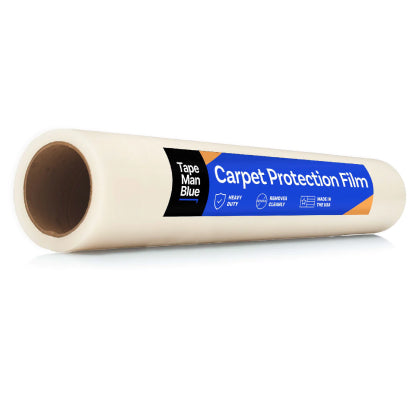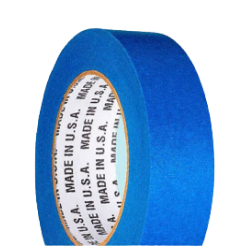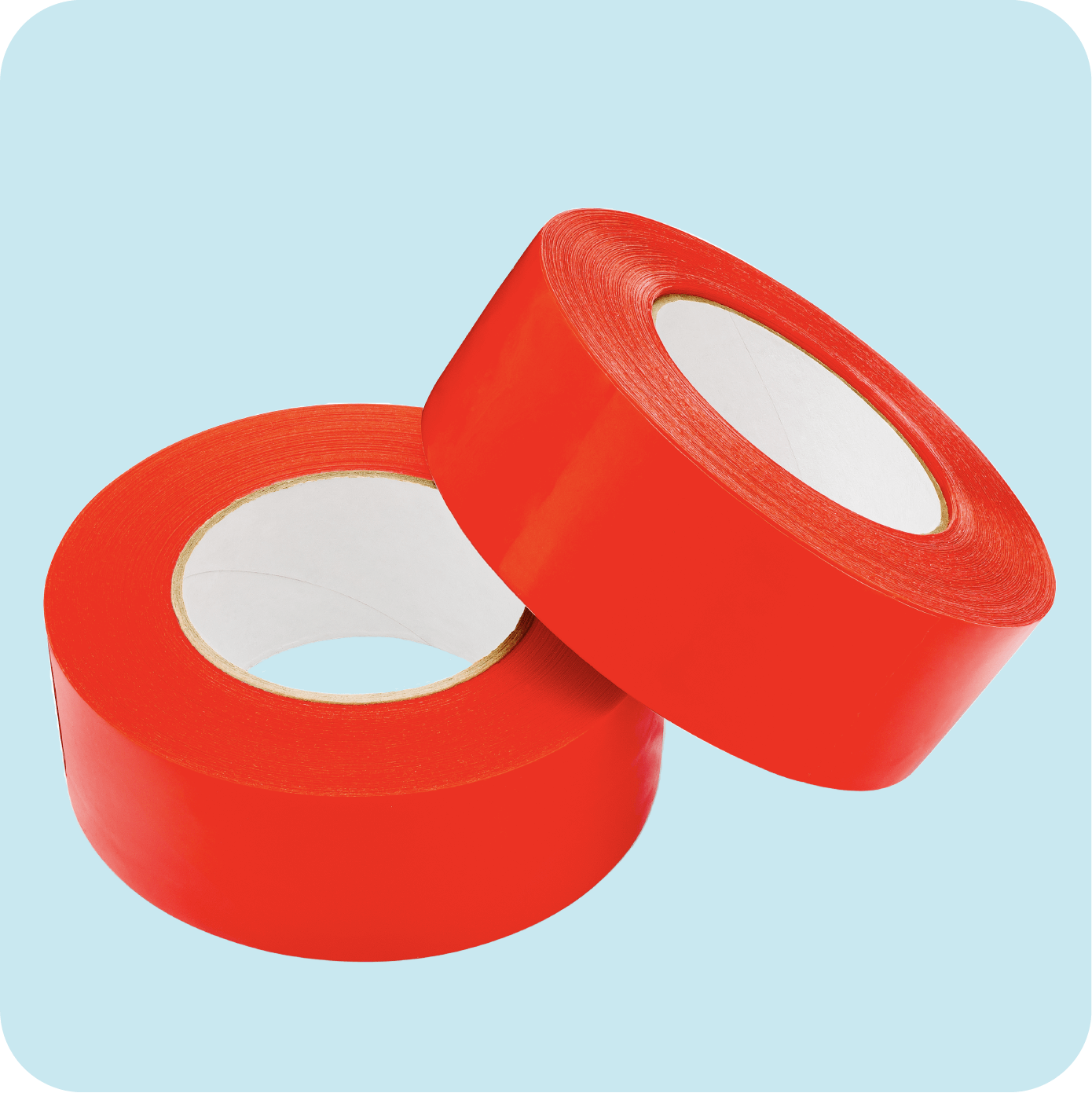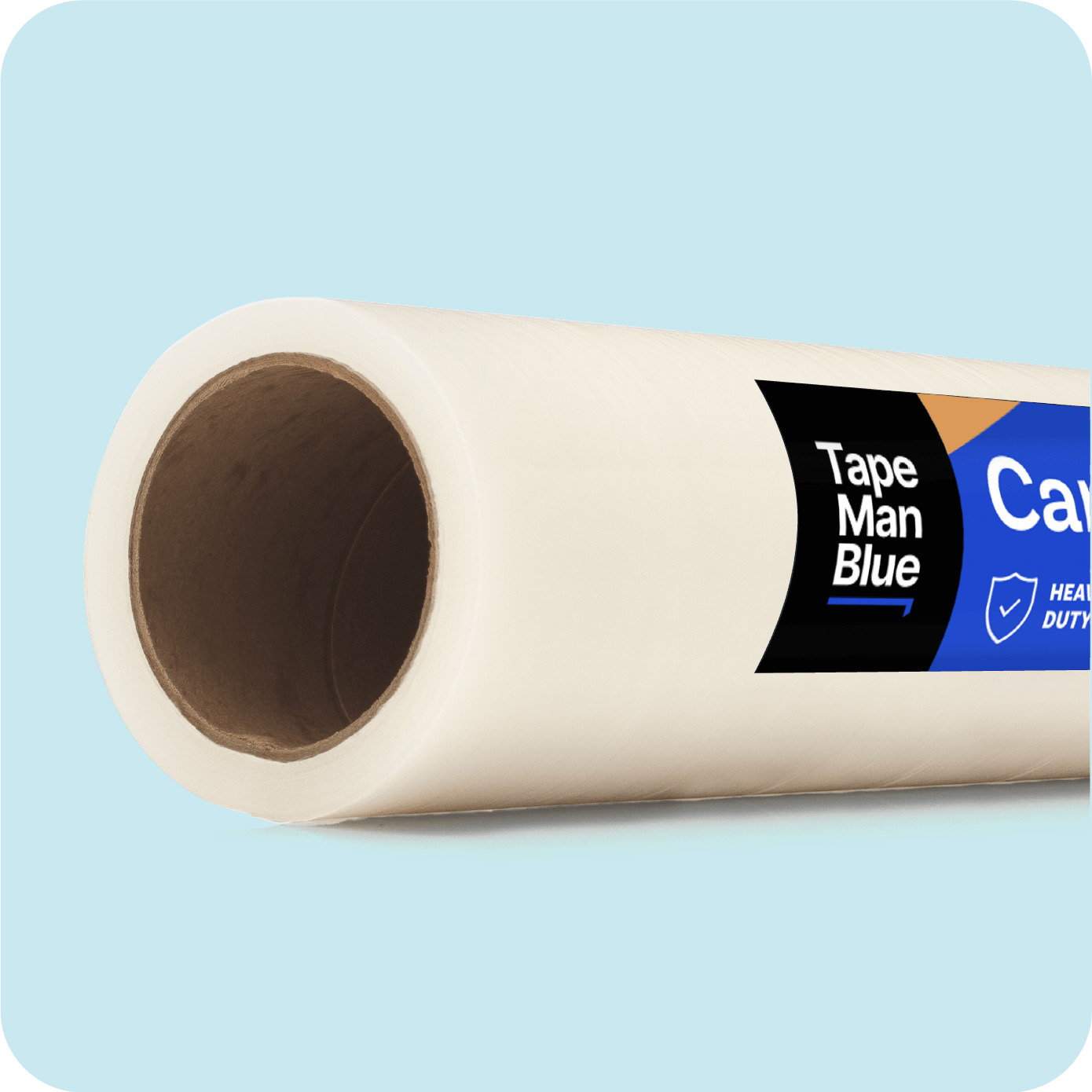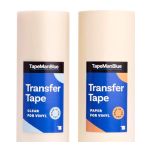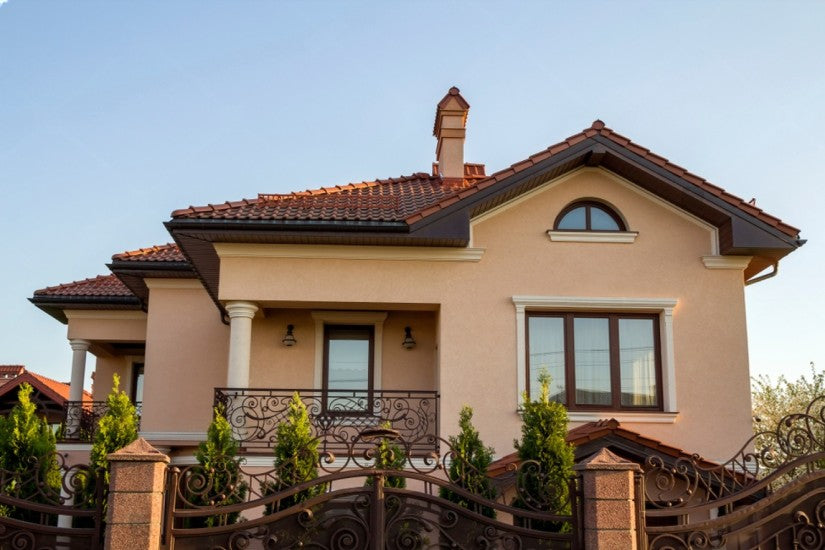 What is stucco?
What is stucco?
Stucco is typically a mixture of cement, sand, lime, and water that is used as an exterior siding. This type of siding has been around for centuries, although modern blends sometimes include acrylics or additives to improve flexibility and durability. Stucco will harden into a tough, stone-like surface after applying that gives a home or building a textured, distinctive look.
Stucco is most recognized in Spanish-style or Mediterranean-style homes, mostly found in warm, dry climates like Southwest and coastal areas, but you can also find it in the Western, Northeast and sometimes even in Midwest areas of the United States. Stucco is versatile in how it looks – for a sleek finish, it can be applied smooth or for a more rustic look, it can be left rough. Beyond the look, durability, weather resistance, affordability, fire-resistance, and how long it lasts makes it a more attractive option for some.
How is stucco applied?
There are different ways to apply stucco, but most require a multiple-step process. The traditional, common way of applying stucco is using three coats: a scratch coat, a brown coat, and a finish coat. No matter which method is used to apply stucco, each layer plays an important role in how stucco performs, lasts, and looks.
There are other options like one-coat stucco which saves time and labor, or synthetic stucco, also known as EIFS (exterior insulation and finish system), which has great insulation and is flexible for less cracking. Both require skilled installation to get maximum durability and to prevent moisture which can cause major damage.
Could you apply stucco yourself? Sure. But applying stucco correctly is extremely important so it can create an exterior that lasts for decades. Stucco’s performance and durability heavily depend on correct application, timing, and the proper conditions for it to cure properly, which is why it is highly recommended to have professionals apply stucco.
 How long does stucco last?
How long does stucco last?
Many people prefer stucco because of how long it can hold up. If stucco is applied correctly and with proper maintenance, stucco can last decades. Climate is a factor in how long stucco lasts. Dry, hot areas are where stucco will hold up best. Cracks may happen sooner in areas with colder climates, where freeze-thaw cycles happen. But, with proper installation and maintenance, it should hold up for a long time regardless of where you live.
Can you paint stucco?
Stucco can be painted, and it even adds a layer of protection, but the type of paint you use matters. Stucco needs a breathable coating, so acrylic, elastomeric, or specialized masonry paint should be used for breathability and so moisture doesn’t get trapped inside the wall.
Benefits to painting stucco include adding a protective barrier against moisture and UV rays, refresh any faded or outdated colors, and it can hide any repairs or imperfections. Although there are benefits to painting stucco, there are also some drawbacks to consider. Bubbling or peeling can occur if the proper paint isn’t used. Once stucco is painted, you have to stick to painted stucco as it is hard to remove paint from stucco and go back to the raw stucco finish. This also requires stucco to be re-coated every 5-10 years depending on if there is fading, stains, paint flaking, cracks showing, or chalking.
To paint stucco, wait about 6-8 weeks after stucco is applied to allow it to cure before painting. It’s important to fix any cracks or chips first before painting. Remove any dirt, mildew, or chalky residue by pressure washing on low setting and allow it to dry completely before beginning. If you are starting with bare stucco that has never been painted, apply the proper primer for the type of stucco paint you will be using. Applying with a sprayer or roller designed for rough, textured surfaces is best to get into all the grooves.
If you are looking for alternatives to painting, you can use a tinted stucco finish coat to recolor your stucco. This will last longer than paint, won’t peel, and won’t require as much recoating as paint would. Another way to add color is to limewash or use a mineral-based coating which can add color but still allow the stucco to breathe.
Red stucco tape is helpful during projects when you need to protect windows, doors, or other areas of the stucco. It is engineered for outdoor environments to be used on rough, textured surfaces where standard painter’s tape wouldn’t hold up. You can apply it directly to the surface you want to protect, or you can use it to hold up plastic sheeting in larger areas.
Can you remove stucco?
Yes, stucco can be removed. When stucco is not properly installed, it has water damage, extensive cracking, or someone simply doesn’t like the looks of it, stucco can certainly be removed. This is not an easy task though and is often labor-heavy, messy, risk for damage, and can be very costly.
How do you clean stucco?
Stucco does not need to be cleaned very often – once or twice a year with a deeper cleaning every few years will maintain its appearance and help prevent long-term damage. You should consider cleaning stucco if you start to notice any streaks from dirt, dust buildup, discoloration, if mold, mildew or algae spots appear anywhere, or after heavy pollen or storm seasons.
Lightly rinse with a garden hose a couple of times a year for dust and dirt buildup. For general deep cleaning, a pressure washer on a low setting can be used. For general grime removal, use a mild detergent solution. A soft-bristle brush can help remove any grime but be sure not to use a lot of pressure, so the stucco finish does not get ruined. A diluted bleach solution (1 part bleach, 3 parts water) can be used to clean algae, mold or mildew off stucco. Be sure to rinse after applying.
Pro tips before cleaning your stucco:
- Always test cleaners or solutions on a small, hidden area first to ensure that it works with your stucco.
- Always use a soft bristle brush. Avoid any wire brushes or strong pressure so you do not ruin stucco finish.
- Cleaning gives you the opportunity to check for any cracks in the stucco, which is important to watch out for, so water doesn’t seep in causing further issues. If any cracks are spotted, promptly repair them.
 How do you repair stucco?
How do you repair stucco?
The fastest way for stucco to fail is to ignore cracks allowing water to seep into the stucco. Keeping up with patching and repairing will allow the stucco to last for decades and will eliminate the need for a full replacement. No matter how small the crack or large a section of stucco is missing, fixing it as soon as possible will prevent larger issues.
Hairline Cracks in Stucco
Hairline cracks in stucco are important to fix even if they seem so small. Water can seep in and freeze, which can cause the cracks to widen. Use elastomeric caulk or masonry crack filler with a caulk gun to fill the cracks in and use your finger or a putty knife to smooth it out. Use elastomeric paint to blend into the stucco after it has dried.
Larger Cracks in Stucco
Larger cracks can be filled using a pre-mixed stucco compound. To make it easier for the compound to adhere to the stucco, slightly widen the crack using a chisel to create a V-shape. Wipe away any debris before adding the patching material to the crack. Match the texture of the stucco using a brush or other tool to get the right texture. Before applying to stucco, practice matching the texture on a piece of cardboard.
Chipped Stucco
Flaking, peeling, or chipped stucco can be fixed using a bonding agent to help the old stucco adhere to the new stucco and a patching compound or stucco mix. To fix flaking or peeling stucco, chip away any loose stucco in that area using a hammer and chisel until you get to the layer of stucco that is solid. Thoroughly clean the area to get rid of any dust or debris, lightly rinse the area and let it completely dry before proceeding. Brush or roll on the bonding agent to the exposed surface and apply the compound or stucco mix in thin layers. Once there are enough layers that it is slightly higher than the wall, use a trowel to feather the edges. Use the trowel, a sponge or a brush to texture the new stucco to match the existing. To prevent cracking in the new stucco while it cures, mist it with water for a few days after repairing. For the finish coat, once it is cured, prime and paint or use a tinted finish coat to blend into the rest of the wall.
Old Stucco
Old stucco can be repaired, but in some cases the entire wall must be redone. To repair an old or deteriorating stucco wall that has damage in one area, stucco repair mortar can be used to patch it. Larger areas that are crumbling and deteriorating are best to re-stucco the entire wall to ensure it gets fixed properly. Fixing any water issues like drainage or water leaks before redoing the wall is important so the repair holds up correctly.
No matter the size of the crack or repair, always be sure to clean the area to get rid of dirt, dust, debris, and stucco flakes before making the repair to ensure the adhesion will hold up correctly and keep water out.
 Can you drill stucco?
Can you drill stucco?
Yes, you can drill stucco, but there are some things to consider before doing so. The type of stucco matters when it comes to drilling stucco. It is not recommended to drill synthetic stucco or EIFS because of the thinner, more fragile layers. Drilling could puncture the insulation and waterproof layer. Traditional stucco is better for drilling because it is thicker and tougher. Either way, it’s important to understand the depth of drilling so you do not drill too deep into important layers of the stucco.
To extend the life of your stucco, try to avoid drilling as much as possible. In cases where drilling is necessary, like hanging or installing anchors for permanent fixtures, cameras, décor, or lights, drilling stucco can be done. Mark the hole with tape before drilling to prevent the bit from slipping. Use a drill with a hammer setting for the tough surface and start with a pilot hole, then work up to the anchor size using a masonry drill bit. Do not rush this process or force the bit into the stucco to avoid cracking. Edges and joints should be avoided and stay at least six inches away from windows and doors to reduce the risk of cracks. Once the anchor or screw is in, seal around it with caulk or silicone to prevent moisture from entering.
There are many non-drilling options if you are unsure what type of stucco you are working with. When in doubt, use a surface mounted option that doesn’t require drilling to avoid damage.
 The best tape for stucco projects
The best tape for stucco projects
No matter what the project is, whether it is applying stucco, painting stucco, or repairing stucco, Red Stucco Tape can be helpful. The adhesion is built to last through outdoor weather conditions and is waterproof for reliable protection on rough, textured surfaces. Standard painter’s tape does not hold up for stucco projects, which is where Red Stucco Tape comes in handy. Explore the many uses this tape has to offer – you just might need it for your next stucco project.

